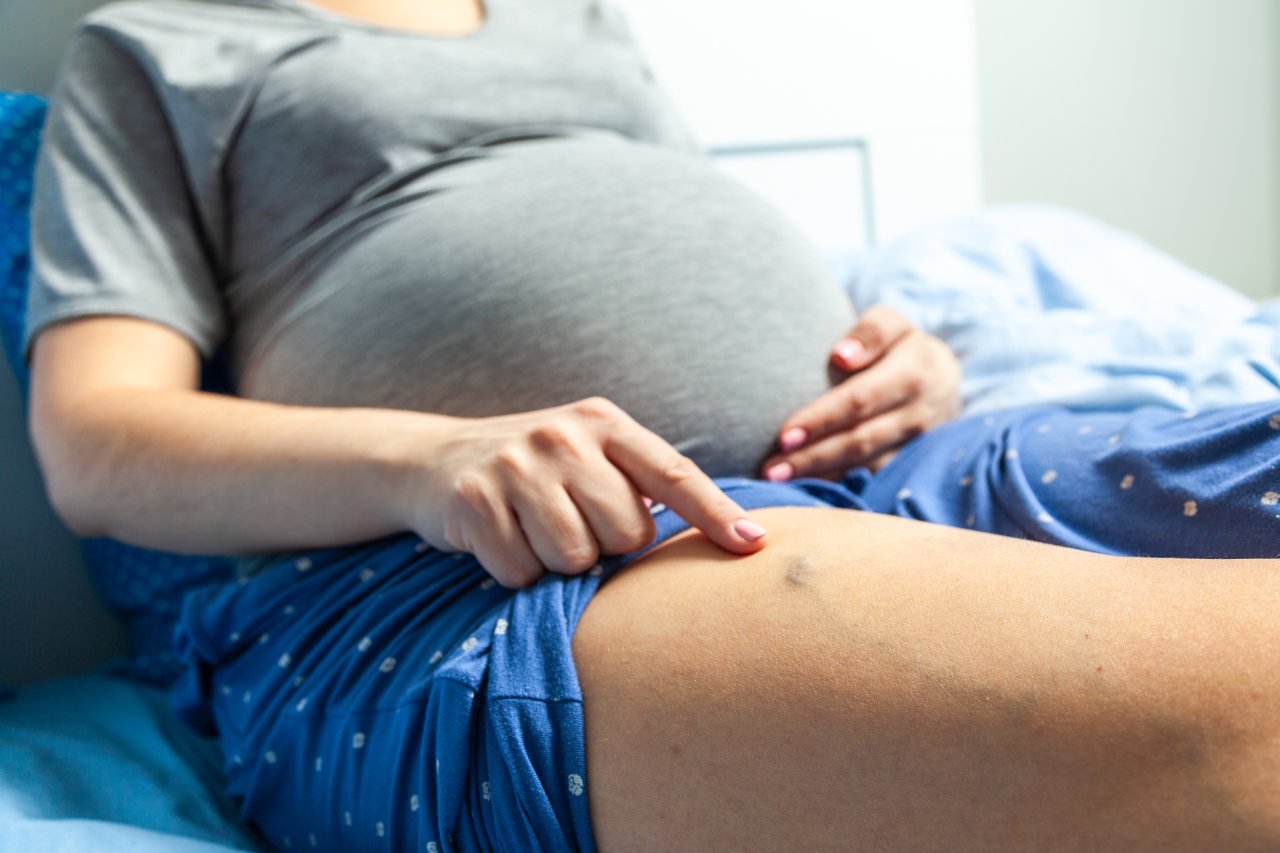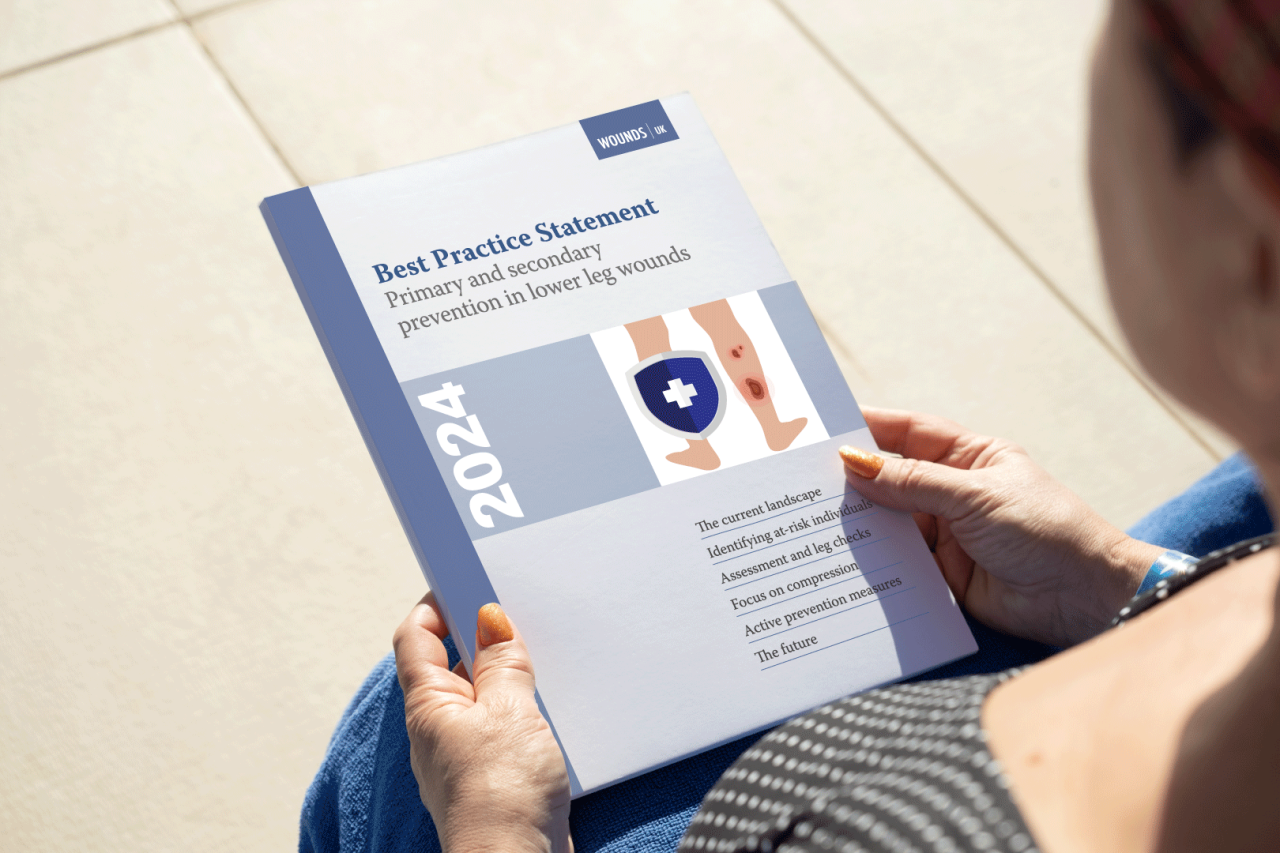Supporting women during pregnancy
Primary and secondary prevention in lower leg wounds

Shifting focus from management of wounds to prevention
It's important to shift focus from managing wounds to preventing them whenever possible. This means actively identifying individuals at risk of developing ulcers and taking measures to reduce this risk through continuous monitoring and assessment. Midwives must intervene early and implement prevention measures for expectant mothers, empowering them to take proactive steps such as addressing risk factors, maintaining skin integrity, and using compression therapy.
This approach underscores the need for a collaborative multidisciplinary team effort. It's not just midwives, but also community nurses and pharmacists, who all play a crucial role in identifying at-risk patients and implementing prevention strategies.

Best Practice Statement: Primary and Secondary Prevention in Lower Leg Wounds
L&R is proud to support the development of the 'Best Practice Statement: Primary and Secondary Prevention in Lower Leg Wounds' to address gaps in current protocols for preventing venous leg ulcers (VLUs) and lower limb wounds. This statement aims to provide a rigorous strategy for both primary and secondary prevention of VLUs and to promote a change in mindset to focus on healing and primary and secondary prevention.
Prefer a hard copy of the document?
Leave your details here.